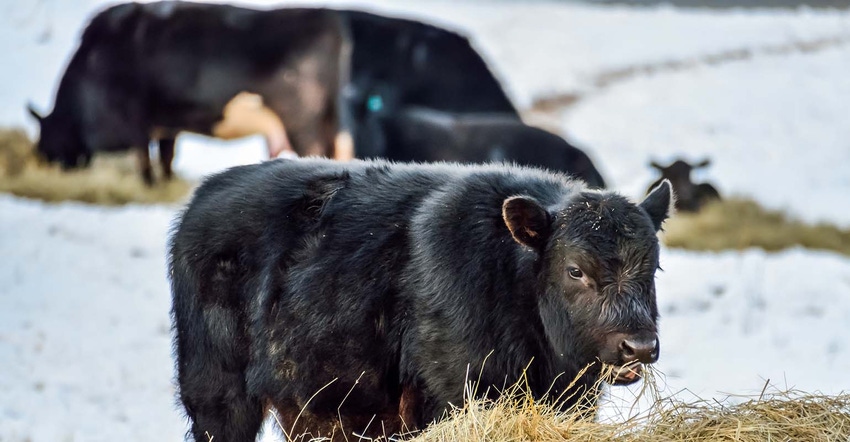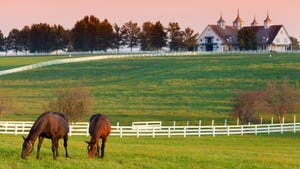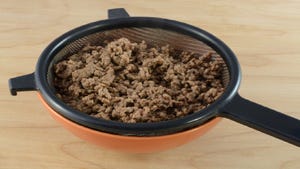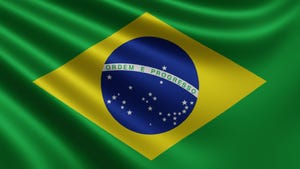January 13, 2017

South Dakota Extension beef feedlot management associate Warren Rusche outlines research showing that by managing bedding, pens and feed intake, producers can help their cattle through extreme weather.
Bedding
"Providing bedding is the most useful tool to improve cattle comfort, especially in outside yards," Rusche said.
Bedding helps cattle preserve body heat and reduce the impact of cold stress on maintenance energy requirements. Visit iGrow.org to read "Bedding During Winter Months Pays Off," to gain insights into how using bedding can affect cattle performance during the winter.
When extreme cold weather is expected, feeders should start bedding sooner rather than later, said Rusche, quoting Dr. Erik Loe, Consulting Beef Cattle Nutritionist with Midwest PMS, LLC. "His experience suggests that waiting until cattle are exhausted before providing bedding results in calves simply "resting up" on the bed pack and rather than continuing to eat their ration," Rusche said.
This could result in diminished performance and increase the risk of digestive upset when cattle resume eating.
In extreme cold conditions, the priority pens for bedding should be the lightest calves (less than 750 pounds) and cattle that are within 45 days of being shipped.
Research shows that bedding the almost finished cattle helps avoid negative impacts on carcass quality and can also reduce the chances for injury or mobility problems late in the feeding period caused by cold or icy conditions.
Managing Feed Intake
Keeping feed intake consistent is a challenge during extreme weather conditions. "Some days keeping machinery running to simply get the cattle fed on time is a major accomplishment. Inconsistencies in feed intake lead to poorer conversions and in extreme cases, acidosis," Rusche said.
By adding additional roughage to a finishing diet - for example, feeding 12%-13% instead of 10% roughage, for instance - could reduce the impacts of any inconsistencies in feed consumption.
Backgrounding cattle are usually fed to achieve a certain ADG (average daily gain) target.
"Extended periods of cold conditions can cause cattle to fall short, especially if the cold temperatures last for an extended period of time," Rusche said. "Increasing the energy content by another 2 to 4 Mcal NEg (megacalories of net energy for gain) or increasing the amount fed by an additional 0.2% of body weight might be required to meet production targets."
Pen Maintenance
Lot conditions, particularly ice, can affect feed consumption.
"Slick areas on the feed bunk apron and around waterers can reduce the willingness of calves to come to eat or drink, not to mention the increased risk of injury," Rusche said.
Mud can also become an issue. "Keep in mind that today's snow can easily become tomorrow's mud. Muddy conditions in the feedlot can be one of the biggest issues in getting cattle to perform during the winter and early spring," Rusche said.
Anecdotal evidence suggests that muddy yards can result in as much as 100 pounds difference in final weight between cattle of similar genetic type that were fed similar rations.
Removing snow and scraping outside pens can be incredibly difficult to accomplish, especially during extreme weather conditions. However, anything that can be done to remove snow and improve lot conditions now will pay off in later as the lot surface starts to thaw.
Source: SDSU
You May Also Like




